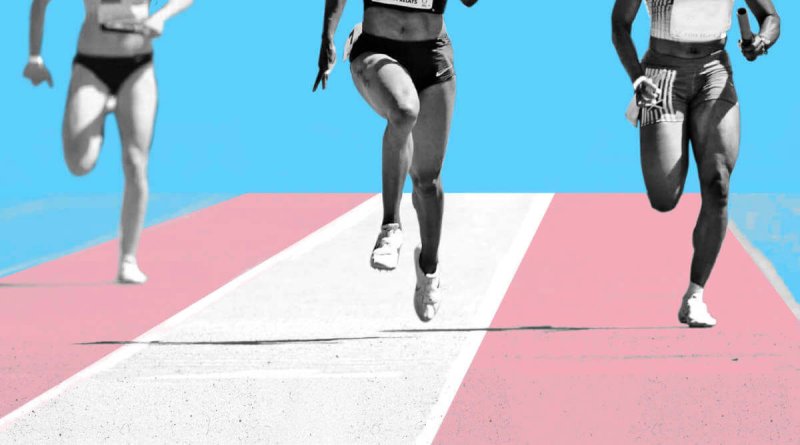In 2004 [the International Olympic Committee] ruled that transgender athletes are allowed to compete two years after surgical anatomical changes have been completed and if they’ve undergone hormonal therapy. This means in particular that trans women must have taken hormone therapy for at least two years.
In 2021, the committee issued a framework that allows international federations to develop their own eligibility criteria for transgender and intersex athletes, so there’s no simple rule that applies to all disciplines.
But does the hormonal treatment make it fair for trans women to compete with cis women?
In 2019 a team of European researchers from the Netherlands, Norway and Belgium measured the change in grip strength for trans people after a year of hormonal therapy. They had about 250 trans women and trans men each who participated in their study. So this isn’t a huge sample but decent.
They found that grip strength decreased in trans women by minus 1 point 8 kilogram but increased in trans men by 6 point 1 kilogram. In trans men, but not in trans women, the change in grip strength was associated with change in lean body mass. So it seems that hormonal therapy does more for trans men than for trans women.
It seems clear from the data that trans women keep an advantage over cis women, even after several years of hormonal therapy. I guess that means it isn’t fair in the sense that no amount of training that cis women can do is going to make up for male puberty.
But then, athletic competition has never been fair in that sense. To begin with, let’s not forget that for athletic performance the most important factor isn’t your sex, it’s your age.































